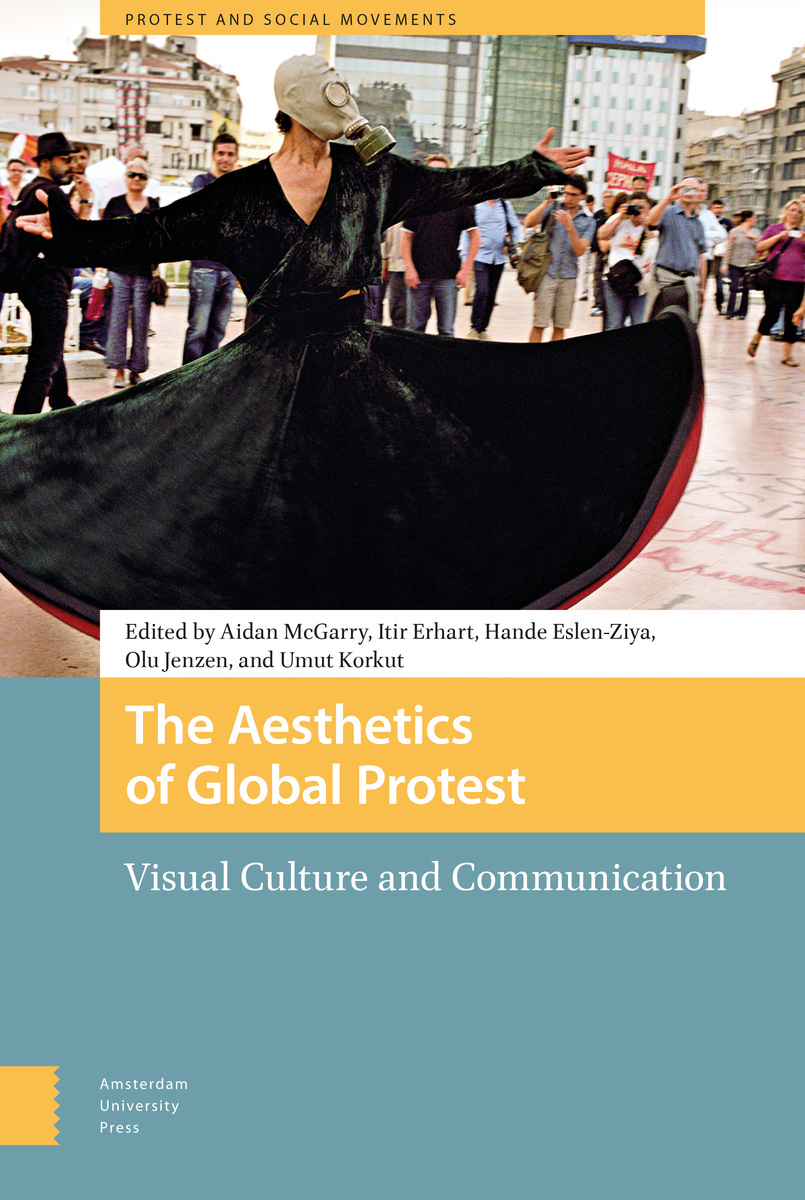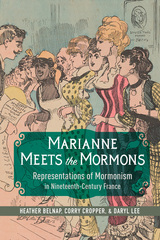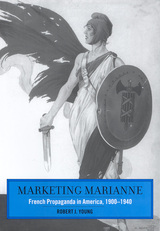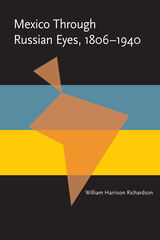The Aesthetics of Global Protest: Visual Culture and Communication
Amsterdam University Press, 2020
eISBN: 978-90-485-4450-9
See other books on: Communication | Graffiti & Street Art | Korkut, Umut | McGarry, Aidan | Visual Culture
See other titles from Amsterdam University Press
eISBN: 978-90-485-4450-9
ABOUT THIS BOOK | AUTHOR BIOGRAPHY | TOC
ABOUT THIS BOOK
Protestors across the world use aesthetics in order to communicate their ideas and ensure their voices are heard. This book looks at protest aesthetics, which we consider to be the visual and performative elements of protest, such as images, symbols, graffiti, art, as well as the choreography of protest actions in public spaces. Through the use of social media, protestors have been able to create an alternative space for people to engage with politics that is more inclusive and participatory than traditional politics. This volume focuses on the role of visual culture in a highly mediated environment and draws on case studies from Europe, Thailand, South Africa, USA, Argentina, and the Middle East in order to demonstrate how protestors use aesthetics to communicate their demands and ideas. It examines how digital media is harnessed by protestors and argues that all protest aesthetics are performative and communicative.
See other books on: Communication | Graffiti & Street Art | Korkut, Umut | McGarry, Aidan | Visual Culture
See other titles from Amsterdam University Press












